Hernia Surgery
Hernia repairs of the following types of hernias:
Inguinal Hernia
Femoral Hernia
Umbilical Hernia
Ventral Hernia
Epigastric Hernia
Spigelian Hernia
Incisional Hernia
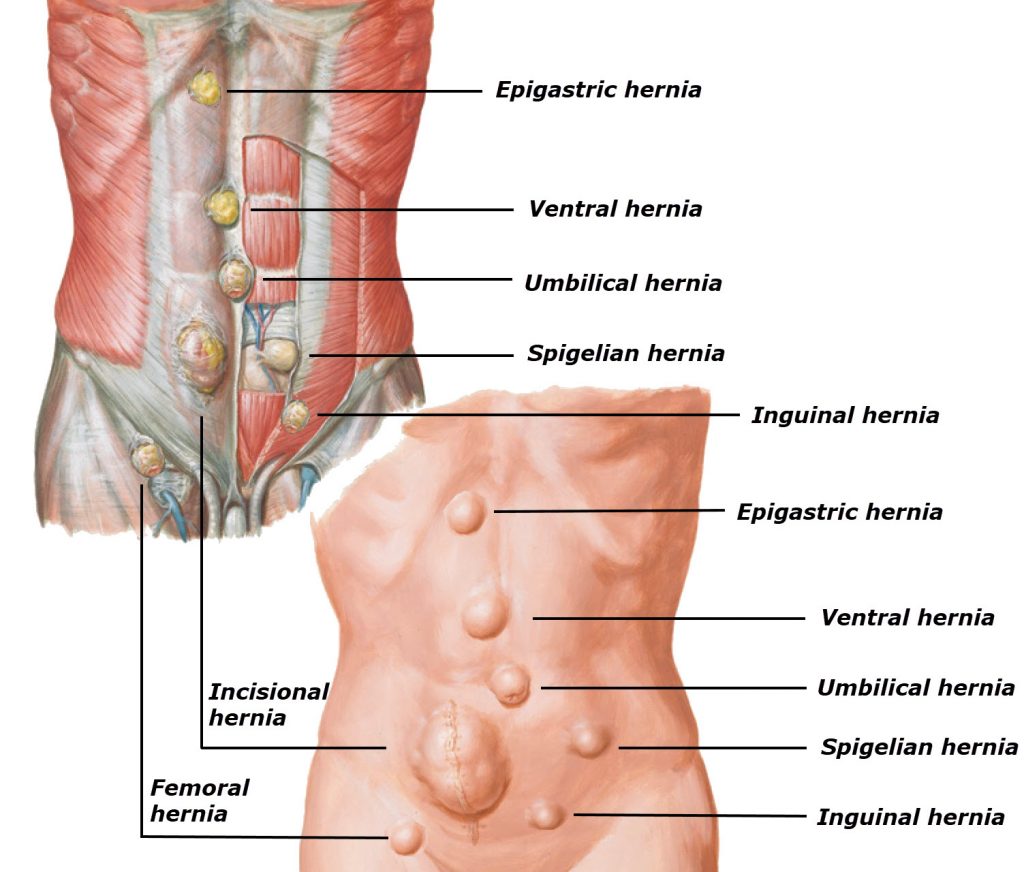
Types of Hernias
Inguinal Hernia
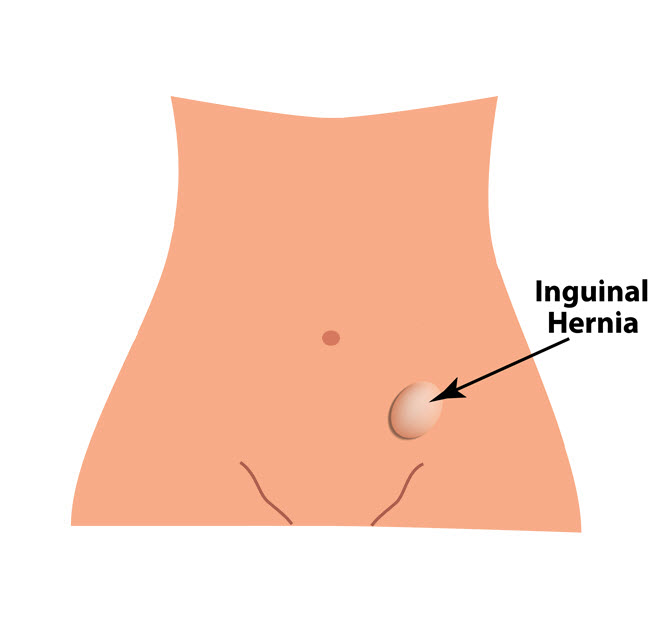
Intestine or bladder tissue protrudes through the inguinal canal (canal through a ligament in the groin). Most common in men.
Femoral Hernia
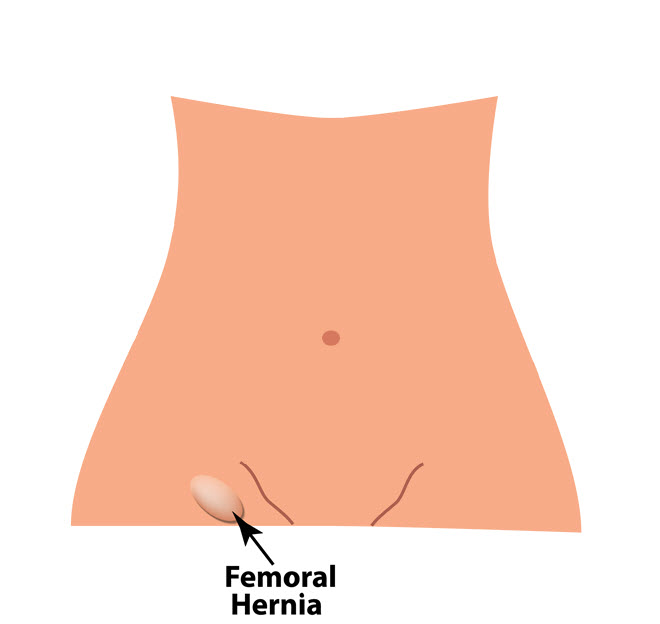
Bowel or abdominal tissue protrudes through the femoral canal (canal through a ligament in the area where the leg joins the body). Most common in women.
Umbilical Hernia
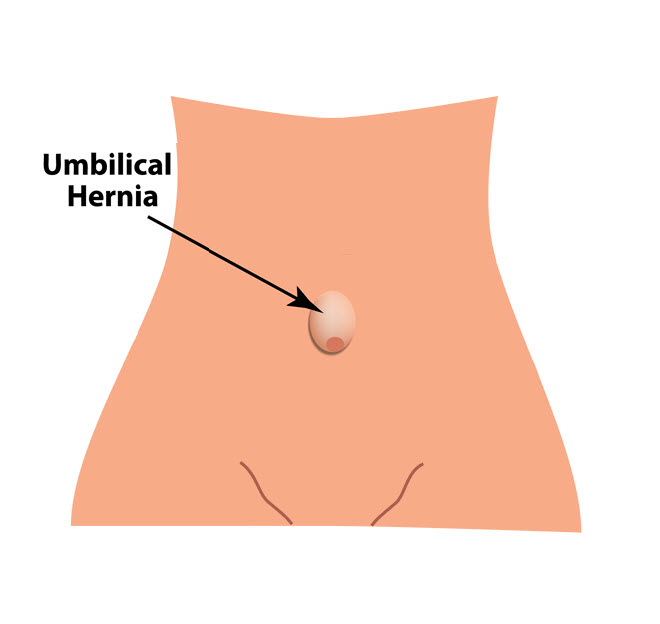
Part of the small intestines or fatty tissue has passed through the abdominal wall near the naval. This type of hernia is common in newborns, obese women, and women who have had many children.
Spigelian Hernia
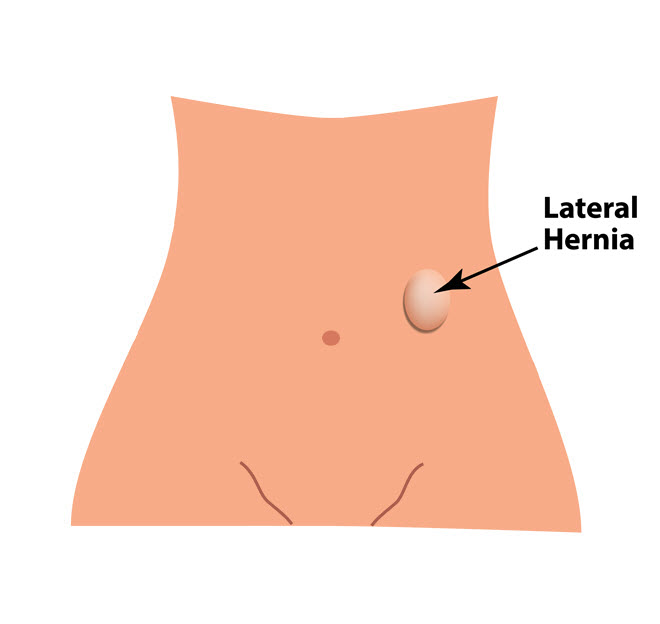
These hernias penetrate through the Spigelian fascia - between the muscles of the abdominal wall between the rectus abdomninis muscle and the tendinous intersections (Spigelian line). There is often no notable swelling. This type of hernia is rare. Also called lateral ventral hernia.
Incisional Hernia
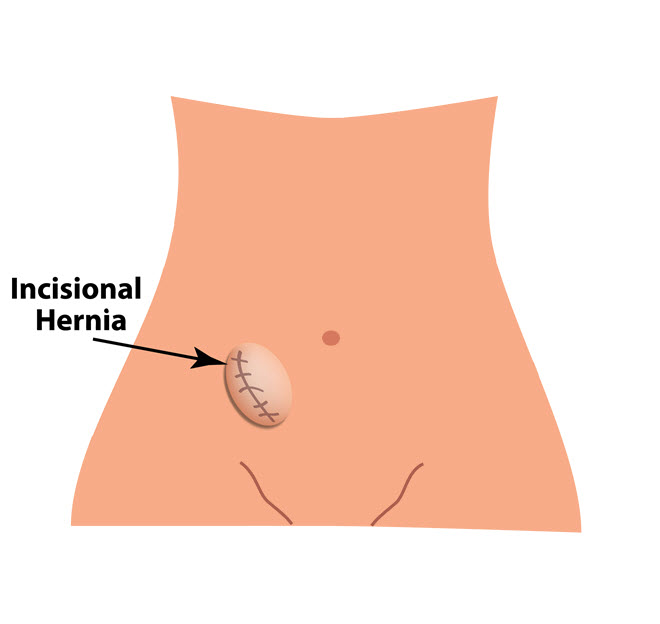
Abdominal or bowel tissue has pushed through the abdominal wall through a weak abdominal scar (usually a scar from a previous surgery). This type of hernia is common in individuals who have had previous surgery, older adults and obsese individuals. Also called ventral hernia.
Ventral Hernia
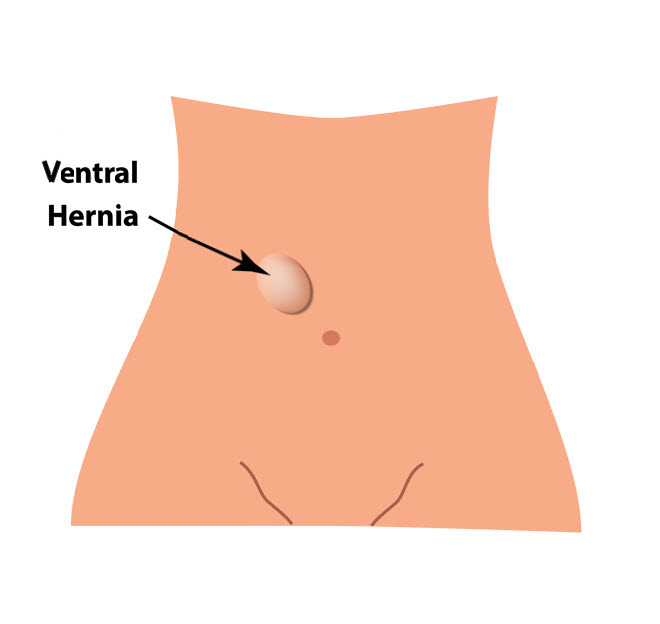
Tissue bulges through an opening at any location of the abdominal wall. Many are called incisional hernias when they form at the site of a past surgical incision.
Epigastric Hernia
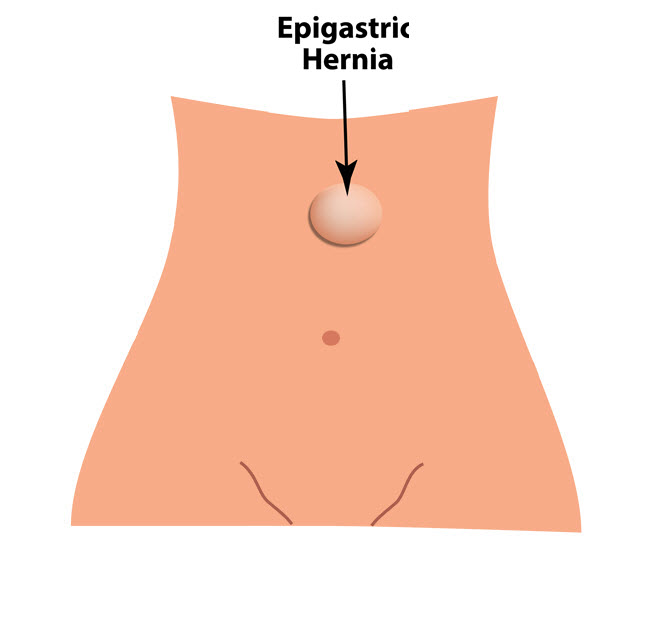
Fat and other tissue protrudes out through the abdomen between sternum and umbilicus (belly button).
